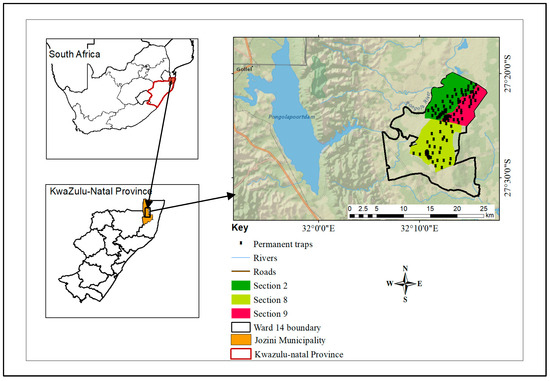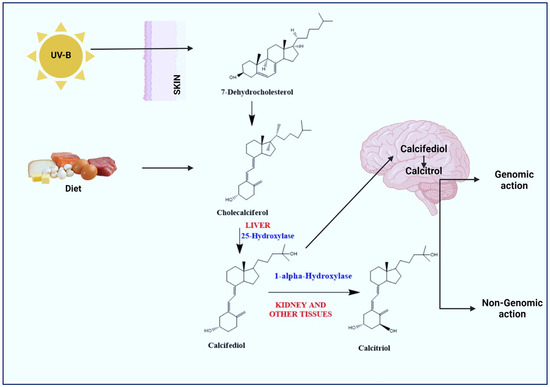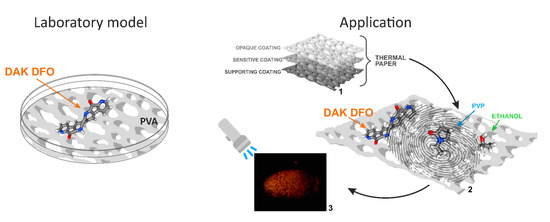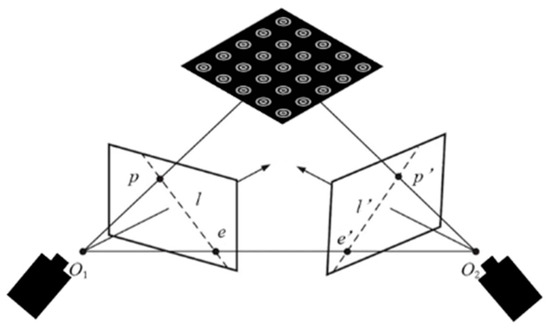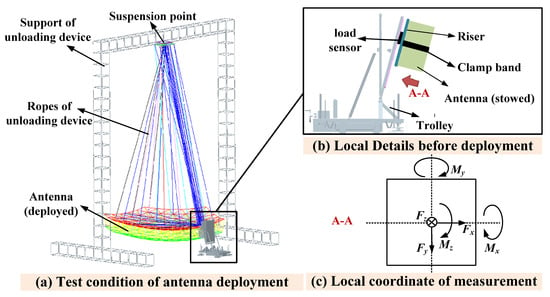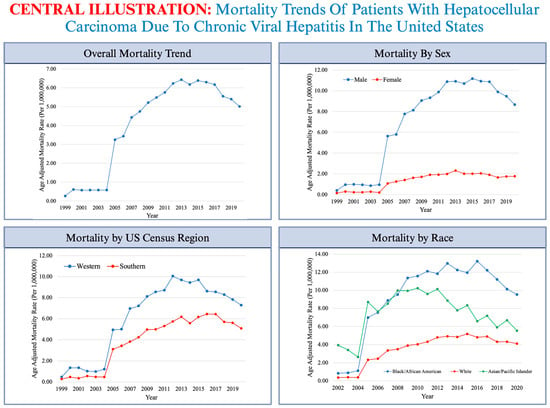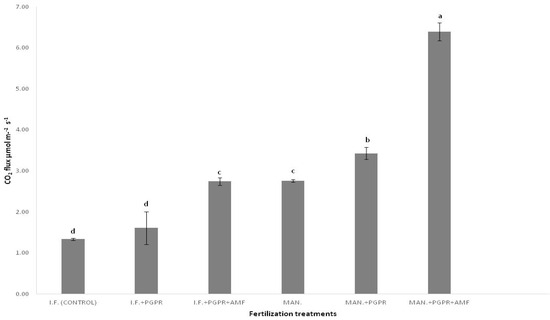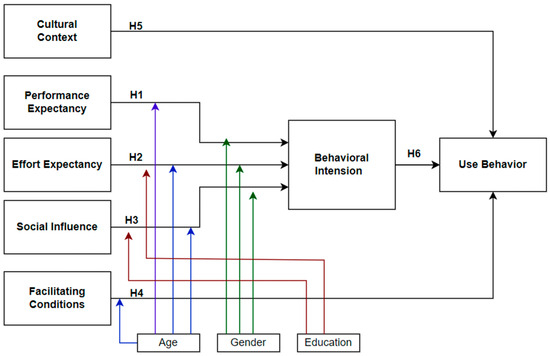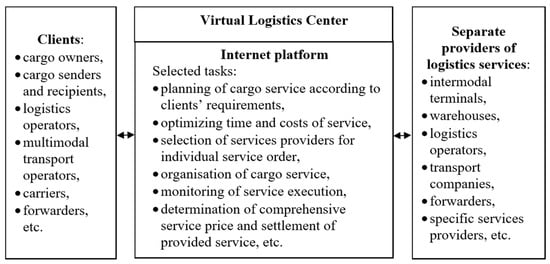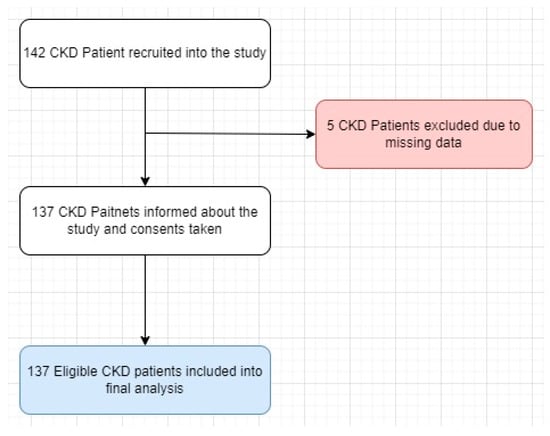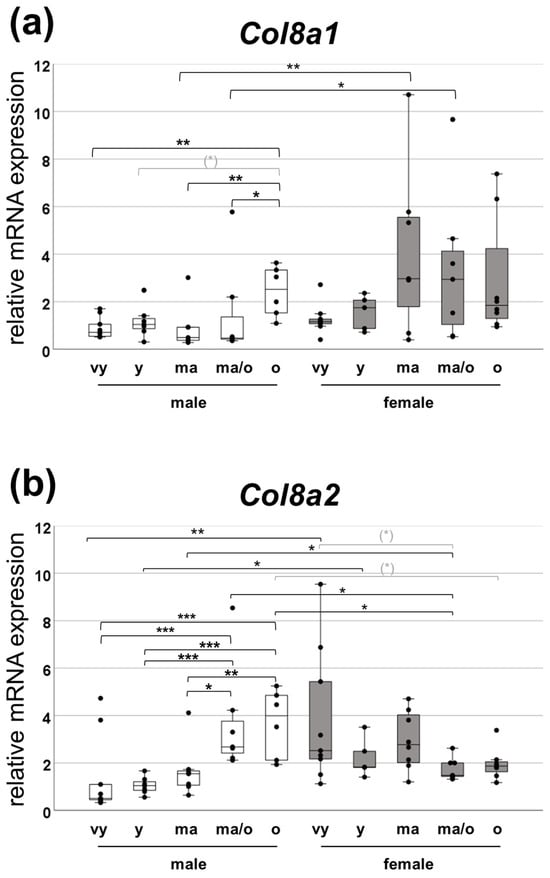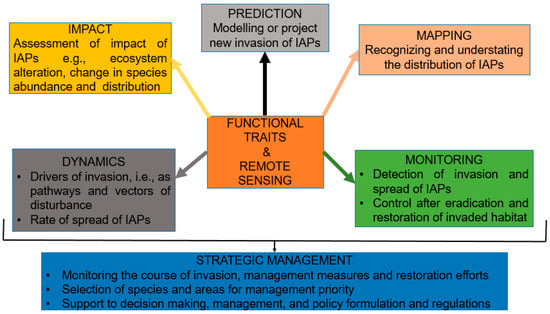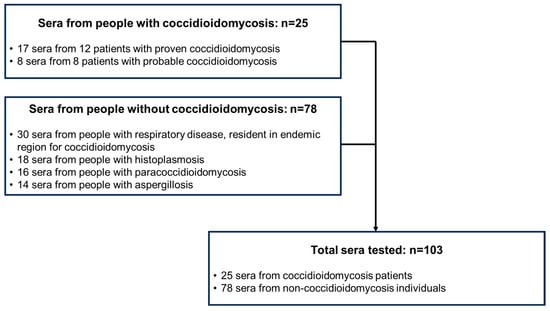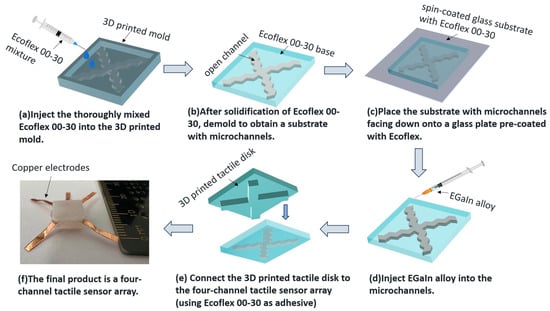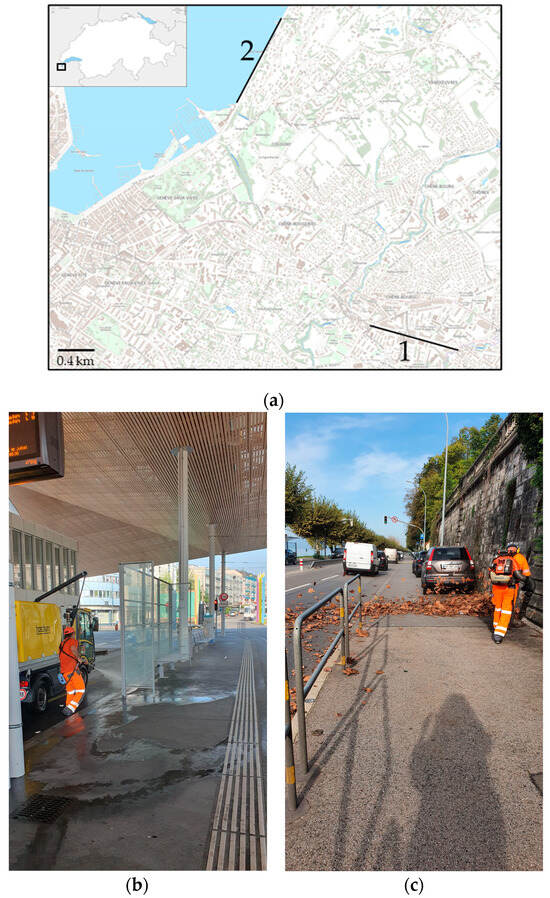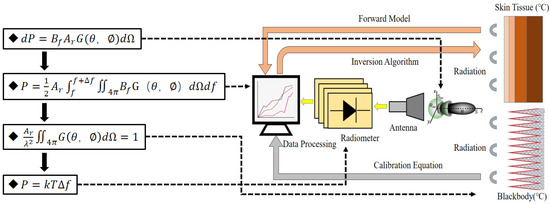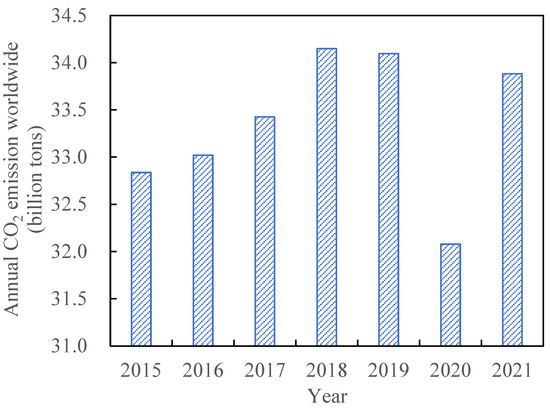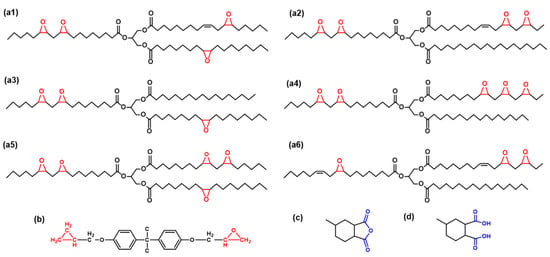It is widely accepted that climate affects the mosquito life history traits; however, its precise role in determining mosquito distribution and population dynamics is not fully understood. This study aimed to investigate the influence of various climatic factors on the temporal distribution of
Anopheles arabiensis populations in Mamfene, South Africa between 2014 and 2019. Time series analysis, wavelet analysis, cross-correlation analysis, and regression model combined with the autoregressive integrated moving average (ARIMA) model were utilized to assess the relationship between climatic factors and
An. arabiensis population density. In total 3826 adult
An. arabiensis collected was used for the analysis. ARIMA (0, 1, 2) (0, 0, 1)
12 models closely described the trends observed in
An. arabiensis population density and distribution. The wavelet coherence and time-lagged correlation analysis showed positive correlations between
An. arabiensis population density and temperature (r = 0.537 ), humidity (r = 0.495) and rainfall (r = 0.298) whilst wind showed negative correlations (r = −0.466). The regression model showed that temperature (
p = 0.00119), rainfall (
p = 0.0436), and humidity (
p = 0.0441) as significant predictors for forecasting
An. arabiensis abundance. The extended ARIMA model (AIC = 102.08) was a better fit for predicting
An. arabiensis abundance compared to the basic model.
Anopheles arabiensis still remains the predominant malaria vector in the study area and climate variables were found to have varying effects on the distribution and abundance of
An. arabiensis. This necessitates other complementary vector control strategies such as the Sterile Insect Technique (SIT) which involves releasing sterile males into the environment to reduce mosquito populations. This requires timely mosquito and climate information to precisely target releases and enhance the effectiveness of the program, consequently reducing the malaria risk.
Full article
 IJMS
IMPACT
IJMS
IMPACT Applied Sciences
IMPACT
Applied Sciences
IMPACT Sustainability
IMPACT
Sustainability
IMPACT Sensors
IMPACT
Sensors
IMPACT JCM
IMPACT
JCM
IMPACT Energies
IMPACT
Energies
IMPACT Molecules
IMPACT
Molecules
IMPACT Materials
IMPACT
Materials
IMPACT Remote Sensing
IMPACT
Remote Sensing
IMPACT Cancers
IMPACT
Cancers
IMPACT Electronics
IMPACT
Electronics
IMPACT Mathematics
IMPACT
Mathematics
IMPACT Foods
IMPACT
Foods
IMPACT Buildings
IMPACT
Buildings
IMPACT Plants
IMPACT
Plants
IMPACT Nutrients
IMPACT
Nutrients
IMPACT Animals
IMPACT
Animals
IMPACT Polymers
IMPACT
Polymers
IMPACT Water
IMPACT
Water
IMPACT Diagnostics
IMPACT
Diagnostics
IMPACT Biomedicines
IMPACT
Biomedicines
IMPACT Agronomy
IMPACT
Agronomy
IMPACT Microorganisms
IMPACT
Microorganisms
IMPACT Processes
IMPACT
Processes
IMPACT Healthcare
IMPACT
Healthcare
IMPACT Forests
IMPACT
Forests
IMPACT Cells
IMPACT
Cells
IMPACT JMSE
IMPACT
JMSE
IMPACT Medicina
IMPACT
Medicina
IMPACT Viruses
IMPACT
Viruses
IMPACT Agriculture
IMPACT
Agriculture
IMPACT Nanomaterials
IMPACT
Nanomaterials
IMPACT IJERPH
IJERPH
 Land
IMPACT
Land
IMPACT Pharmaceutics
IMPACT
Pharmaceutics
IMPACT Pharmaceuticals
IMPACT
Pharmaceuticals
IMPACT Religions
IMPACT
Religions
IMPACT Biomolecules
IMPACT
Biomolecules
IMPACT Life
IMPACT
Life
IMPACT Micromachines
IMPACT
Micromachines
IMPACT Atmosphere
IMPACT
Atmosphere
IMPACT Antioxidants
IMPACT
Antioxidants
IMPACT Genes
IMPACT
Genes
IMPACT Metals
IMPACT
Metals
IMPACT Symmetry
IMPACT
Symmetry
IMPACT Children
IMPACT
Children
IMPACT Coatings
IMPACT
Coatings
IMPACT Vaccines
IMPACT
Vaccines
IMPACT Horticulturae
IMPACT
Horticulturae
IMPACT Education Sciences
IMPACT
Education Sciences
IMPACT Minerals
IMPACT
Minerals
IMPACT Brain Sciences
IMPACT
Brain Sciences
IMPACT JPM
IMPACT
JPM
IMPACT Bioengineering
IMPACT
Bioengineering
IMPACT




